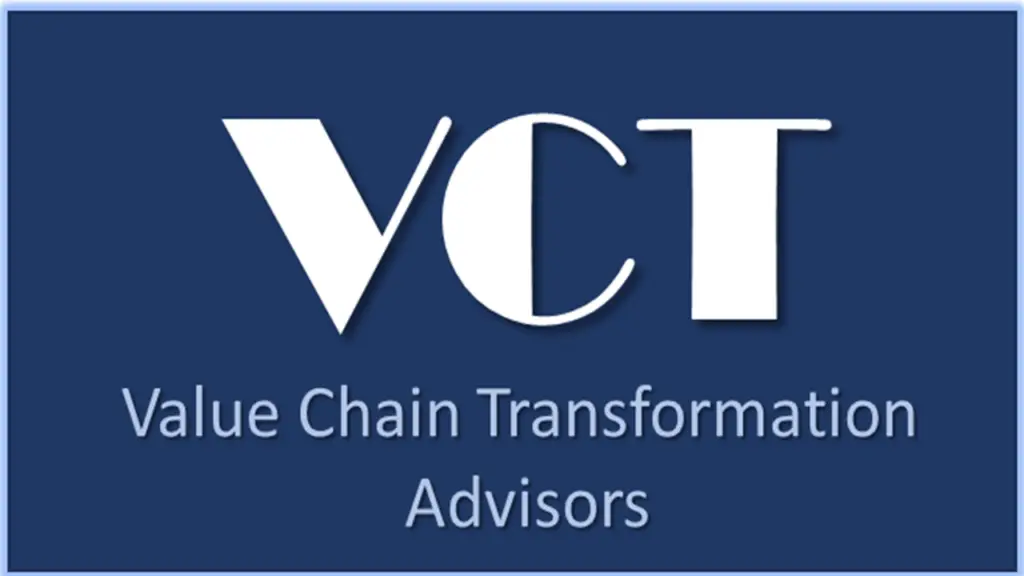Anyone who’s managed supply chain purchasing knows how resource-heavy it can be. Buyers are stuck reviewing hundreds—sometimes thousands—of purchase orders each week. Most organizations still rely on static business rules or manual checks, which means experienced planners spend valuable time on repetitive work instead of focusing on supplier strategy or risk management.
AI is now helping companies automate purchase decisions more intelligently, cutting down on routine manual effort and giving planners more space to focus on higher-value priorities.
At GAINS, this is part of our Decision Engineering & Orchestration (DEO) approach, which unifies AI, machine learning, and advanced optimization to continuously orchestrate better decisions across the supply chain—from purchasing and forecasting to inventory, replenishment, and beyond.
Why Manual Purchase Decisions Don’t Scale
Reviewing purchase orders manually worked when volumes were lower, but today’s complexity makes it unsustainable. Static rules quickly fall behind changing supplier performance, shifting costs, and evolving constraints. Even the most experienced buyers can’t realistically review every order with the level of detail needed across multiple trade-offs.
The result: teams either overspend on inventory, miss opportunities for consolidation, or devote disproportionate time to fixing exceptions instead of improving supplier strategies. And with supply chains under constant pressure to be faster, leaner, and more resilient, those inefficiencies create real risks for the organization.
How AI Automates Smarter
AI-driven automation doesn’t replace buyers—it complements them. By continuously learning from the judgment of a company’s best decision-makers, AI systems can:
- Screen orders automatically at both the line and PO level, flagging only those that require attention.
- Balance multiple constraints such as order minimums, budgets, truck/container space, or vendor terms.
- Adapt to change over time, capturing shifts in supplier reliability, material complexity, or logistics factors.
In practice, this means the majority of orders can flow through automatically, with planners only stepping in for exceptions that truly need human judgment. Because the AI is modeled after a company’s top performers, the recommendations aren’t just faster—they’re also more consistent and aligned with proven best practices.
Shifting Time to Strategy
The biggest benefit isn’t just efficiency—it’s focus. When AI handles routine purchase decisions, supply chain professionals can redirect their time toward value-added work like:
- Strengthening supplier partnerships
- Evaluating sourcing strategies
- Anticipating long-term risks and opportunities
Instead of firefighting order errors, teams gain the bandwidth to drive initiatives that improve resilience and performance across the network. But that’s not all.
Automating purchase decisions cuts manual effort, speeds cycle times, and ensures consistency. It optimizes working capital and lets planners focus on strategic work—a shift that builds resilience across the organization. Companies that apply AI in this way also see measurable improvements in order accuracy, reduced excess inventory, and stronger supplier relationships—proof that smarter automation drives both efficiency and long-term value.
The Bottom Line
AI isn’t about taking humans out of the loop—it’s about making the loop more efficient. With GAINS’ AI and DEO capabilities, supply chain leaders can trust that routine purchasing decisions are handled consistently while their teams focus on the bigger picture—service, resilience, and growth.
See how GAINS customers are applying AI to automate purchase decisions in the on-demand webinar, AI Wars: The Data Awakens – How Supply Chain Leaders Are Using AI Today.



